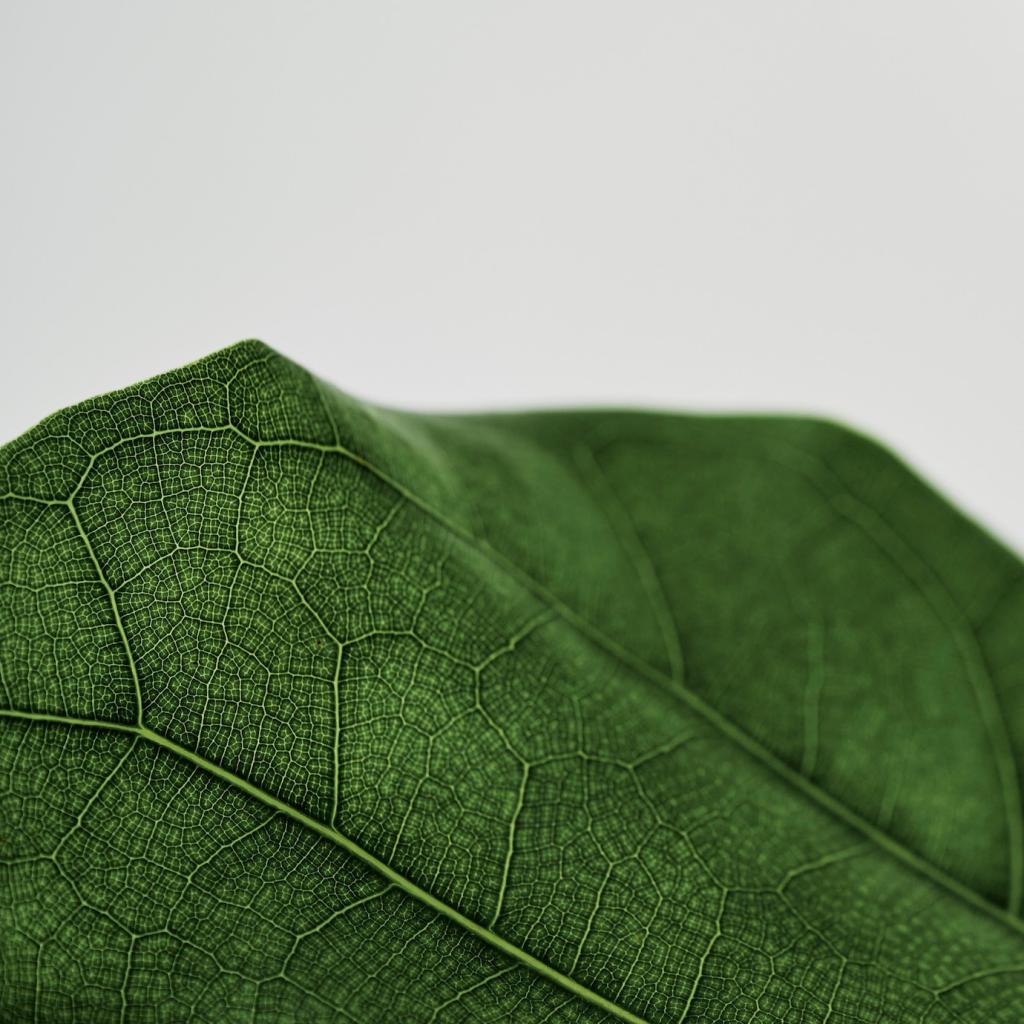
Sustainable Fabric Recycling for Furniture: Turning Textiles into Timeless Pieces
Chosen theme: Sustainable Fabric Recycling for Furniture. Welcome to a home for makers, dreamers, and conscious redesigners who believe every thread deserves a second life. Explore ideas, stories, and practical steps to reupholster beautifully while reducing waste. Join our community, comment with your projects, and subscribe for fresh, hands-on guidance.
Why Sustainable Fabric Recycling for Furniture Matters Now
Discarded curtains, hotel linens, and worn jeans often have sturdy fibers still ready for use. Redirecting them into chairs and sofas transforms looming waste into daily comfort. Share your favorite rescue story below, and inspire a neighbor to rethink their next upholstery project.
Why Sustainable Fabric Recycling for Furniture Matters Now
Every meter of fabric recycled for furniture can avoid new manufacturing impacts, saving water and energy while reducing landfill pressure. You do not need perfect data to make progress—start small, track your wins, and subscribe to learn simple methods for measuring your footprint.
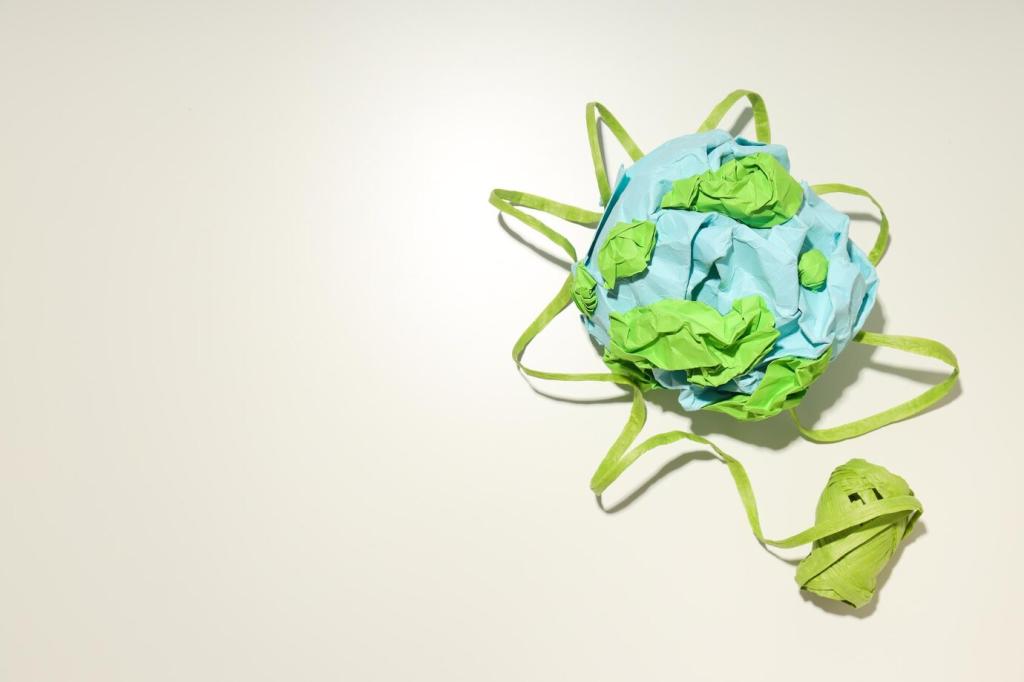



Sourcing Reclaimed Textiles with Confidence
Explore textile recycling centers, theater wardrobe clear-outs, and hospitality surplus. Ask about fiber content, previous use, and any treatments. Comment with your favorite local sources, and let others benefit from your scouting skills and community connections.
Sourcing Reclaimed Textiles with Confidence
Check weave density, abrasion resistance, and colorfastness using simple rub tests and light exposure checks. A small swatch can reveal a lot. Subscribe for our printable evaluation checklist to streamline your next sustainable furniture fabric hunt.
Techniques that Elevate Recycled Upholstery
Deconstruction with Care
Before reupholstering, photograph each step of dismantling, label panels, and save reusable webbing or zippers. Respect the frame and springs. Our newsletter offers a step-by-step guide—subscribe and get the template that keeps projects organized and frustration low.


Smart Cutting and Panel Mapping
Use paper patterns to align grain, distribute color tones, and match textures. Combine small offcuts for hidden areas and reserve the strongest pieces for arms and seats. Post your layout sketches; readers love learning from real-world planning.
Aesthetics: Style that Speaks Sustainability
Patchwork Elegance
Blend tones within a narrow palette to avoid visual noise. Use topstitching as a graphic element that unifies varied fabrics. Share your color combinations, and we will feature a monthly gallery celebrating sustainable fabric recycling for furniture done with finesse.
Monochrome, Minimal Waste
Choose one hue, many textures: twill, canvas, jacquard. The quiet variation feels sophisticated and intentional. Comment with your monochrome experiments and how you solved shortages using hidden panels or creative seam placement.
Accent Details that Tell a Story
Piped edges from leftover bias strips, hand-sewn tags explaining the fabric’s origin, or exposed mending stitches add personality. Encourage curiosity—invite guests to touch, learn, and ask. Subscribe for templates of origin tags you can customize.
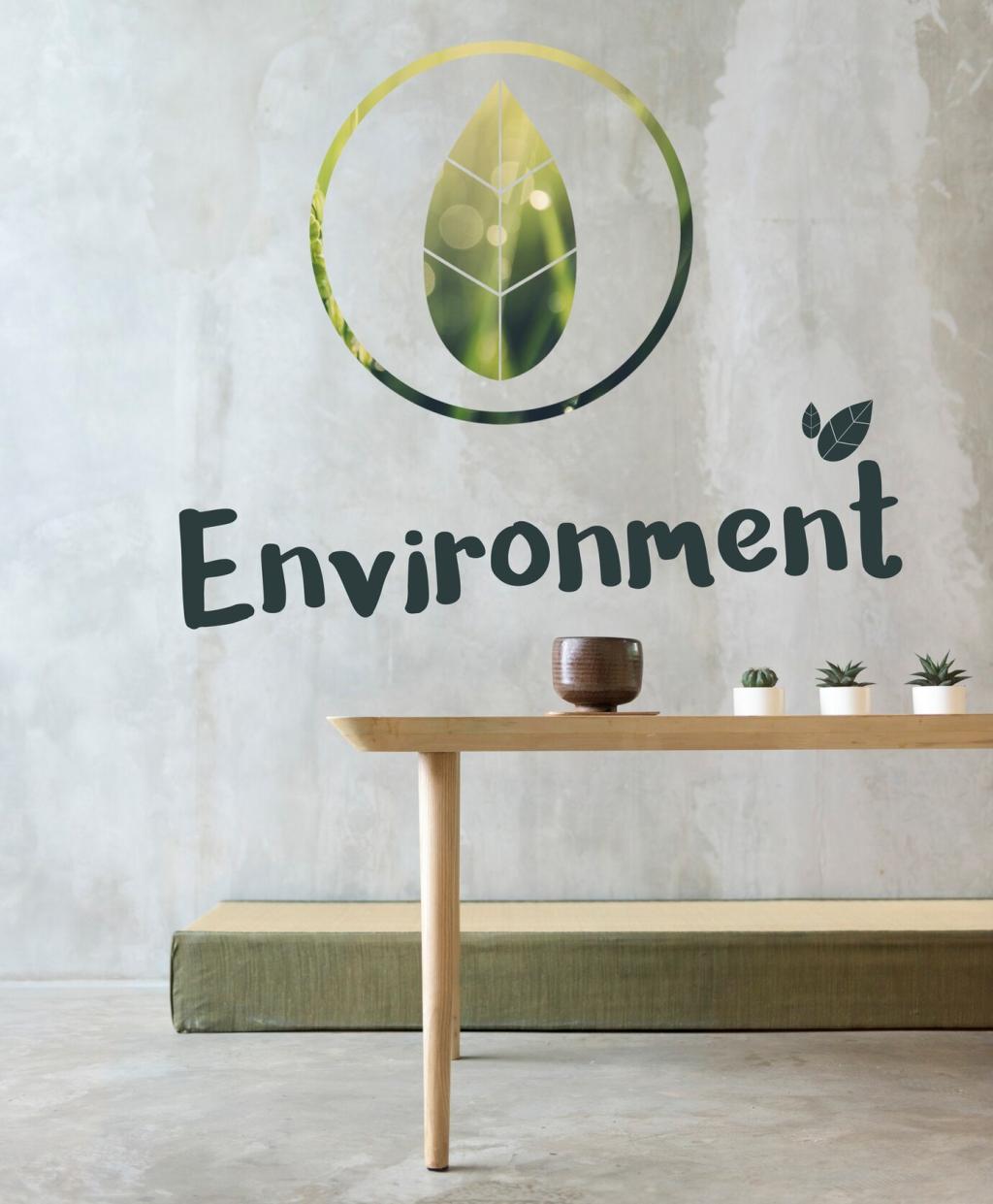
Host an evening where people bring clean textiles and leave with what they need. Add a fabric labeling station, tea, and music. Tell us if you plan one; we can share a printable organizer’s checklist with subscribers.

Independent upholsterers often champion reuse, blending craft and ethics. Interview a local maker about sourcing, margins, and challenges. Post your questions, and we will curate expert replies that accelerate your learning curve.
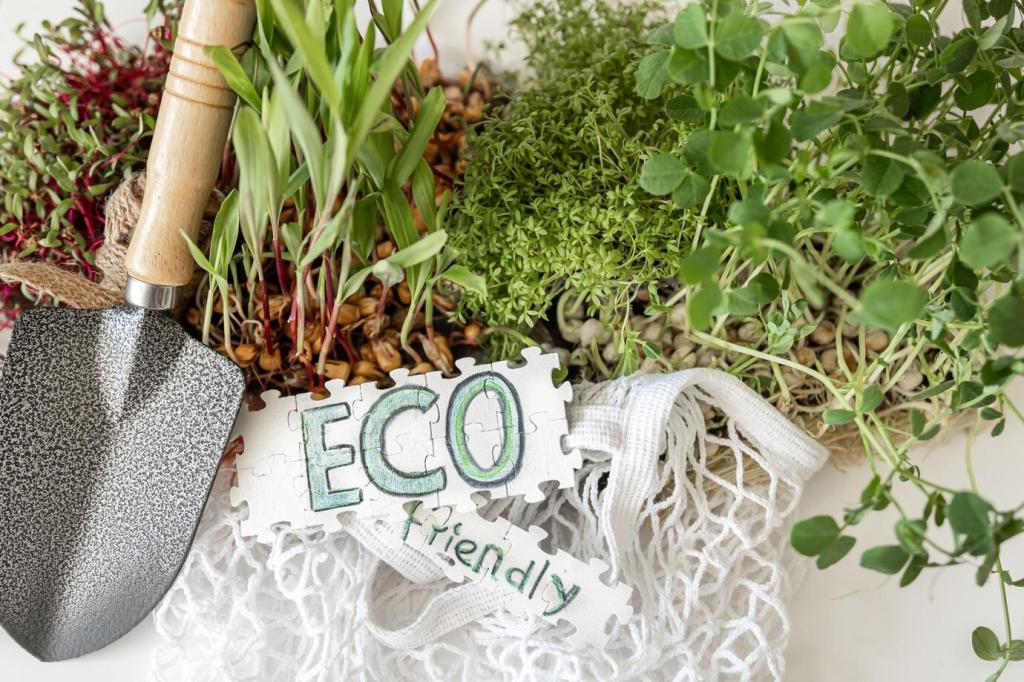
Create a simple spreadsheet of fabrics diverted, projects completed, and tools shared. Celebrate milestones publicly to motivate participation. Comment to join our quarterly challenge and compare your impact with fellow readers worldwide.
Start Today: A Beginner’s Guide
Begin with a staple remover, fabric shears, measuring tape, chalk, and a hand stapler. Add curved needles and strong thread for repairs. Subscribe to receive our compact buying guide tailored to sustainable fabric recycling for furniture.
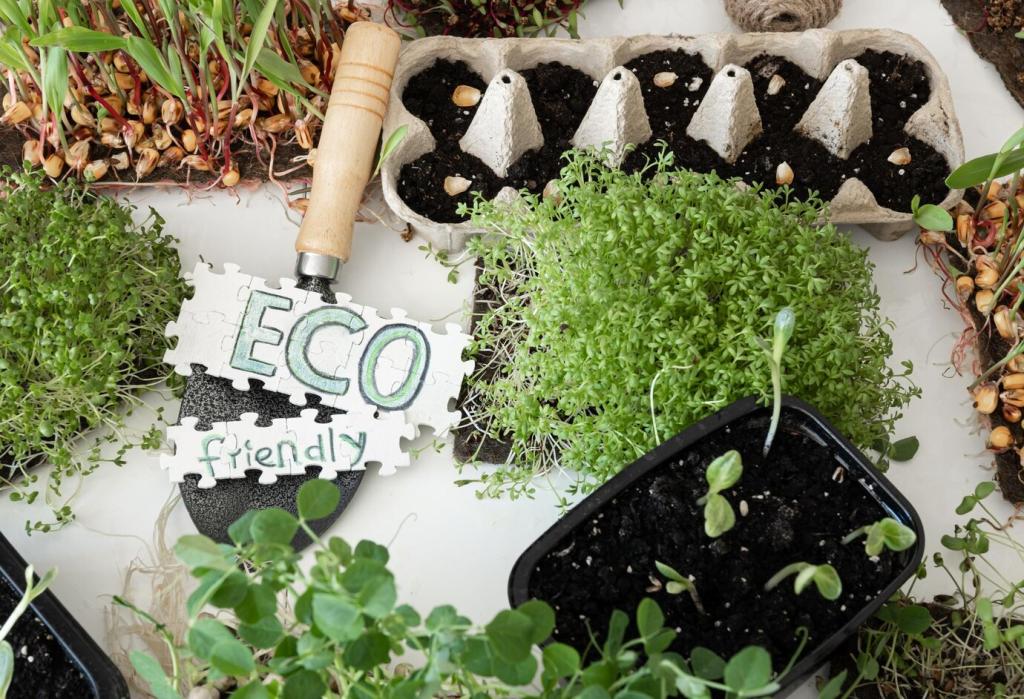

Start Today: A Beginner’s Guide
Choose a simple dining chair. Remove the seat, cut new foam if needed, and wrap with reclaimed fabric, minding grain direction. Share your before-and-after photos and lessons learned to encourage first-timers in the comments.
Designing for Longevity and Next Lives
Attach a discreet tag listing fabric composition, previous use, and cleaning guidance. Future repairers will thank you. Download our subscriber-only template to standardize records for every sustainable fabric recycling project you complete.
